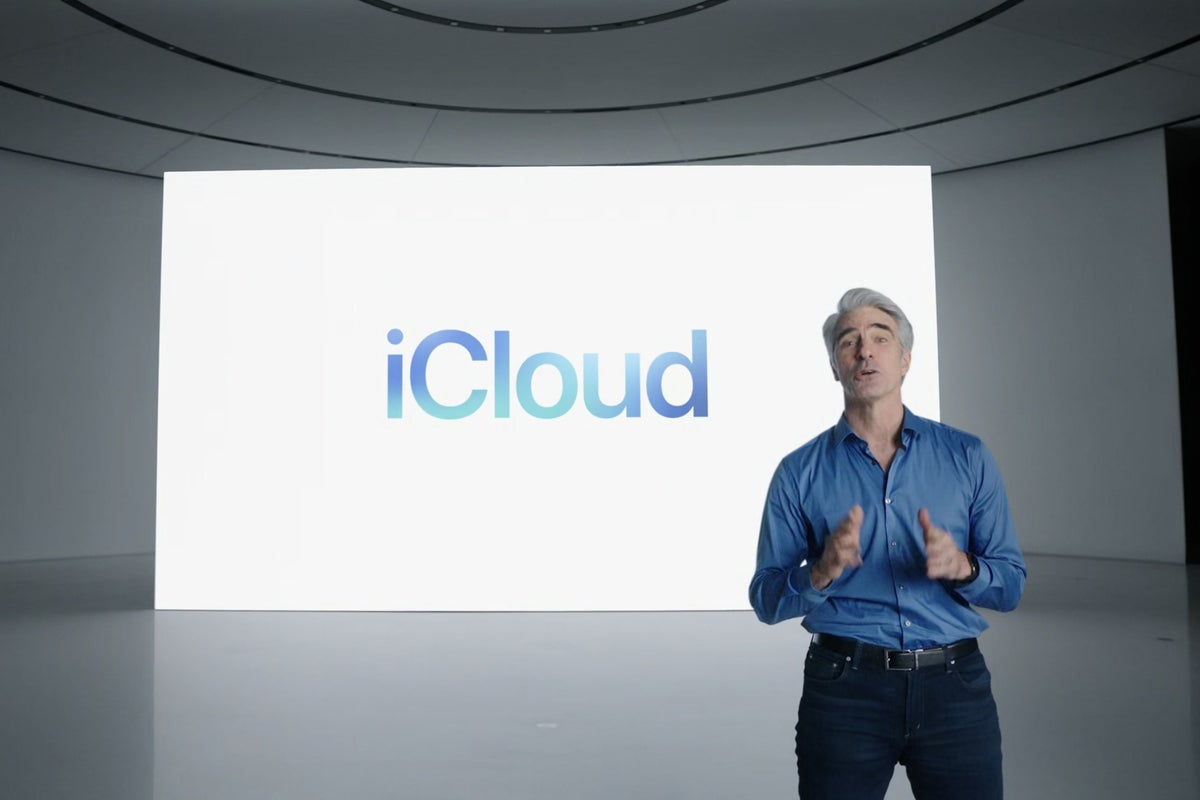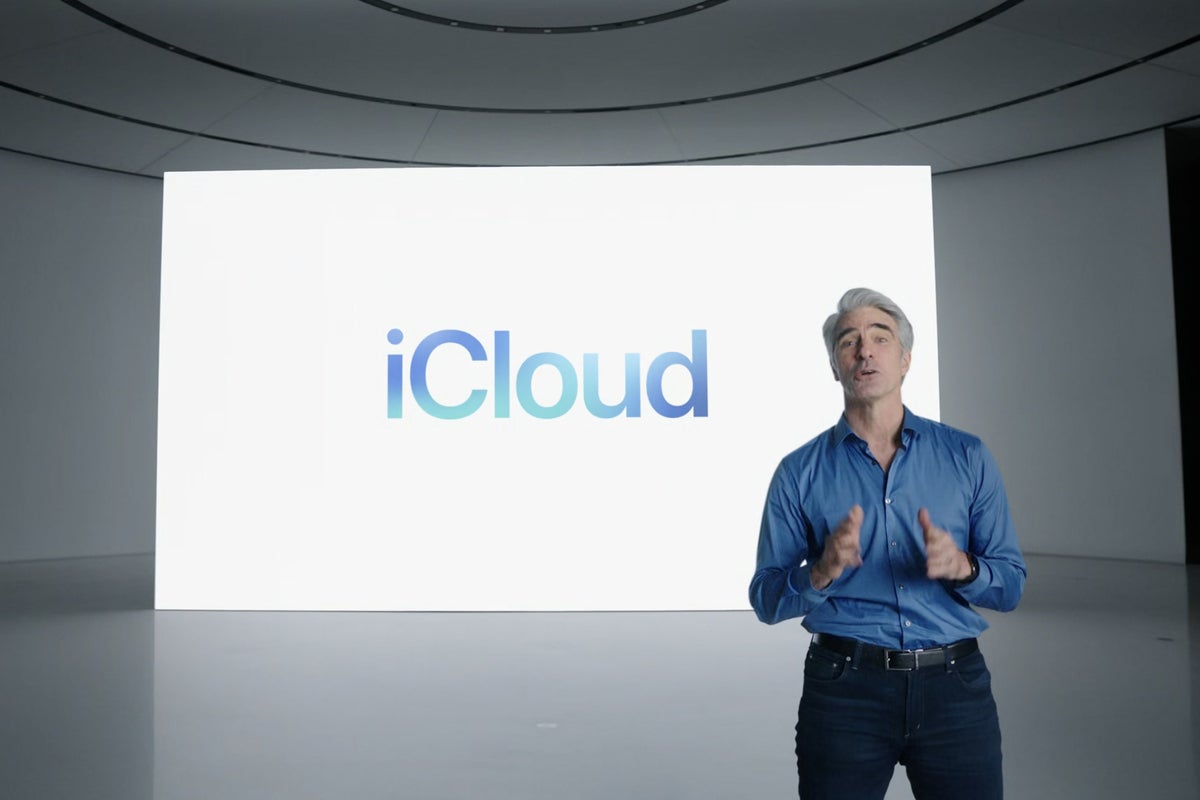
If you received an Apple email letting you know you’ve been upgraded to iCloud+ at no additional charge, you’re not alone. So, what is iCloud+? What do you get, and why should you use it?
What is iCloud+?
Announced at WWDC 2021, iCloud+ is a suite of additional services designed to supplement the existing features of Apple’s online iCloud service. Despite its name, it doesn’t cost any more than before but is only available to those on paid plans. The free 5GB tier doesn’t get these additional features. The upgraded service adds useful security enhancements, including iCloud Private Relay (still in beta), Hide My email, and improved support for HomeKit Secure Video.
Announcing the upgrade to paid users, Apple said:
“Great news! We’ve automatically upgraded your iCloud storage plan to iCloud+ at no additional charge. iCloud+ combines everything you already love about iCloud with new features including iCloud Private Relay, Hide My Email, and more HomeKit Secure Video support.”
Why should you use iCloud+?
These new features are designed to help keep users secure. That security extends from protecting Safari browsing sessions all the way to ensuring marketers can’t easily gather information about you. If you care about your privacy, these features should be helpful. They may also have implications for enterprises, while the iCloud Custom domain tool should come in handy for small business users.
So, what do you get? Let’s dive into each component.
What is iCloud Private Relay?
Currently available in beta, iCloud Private Relay is a VPN-like service that protects you when you use Safari to browse online. It uses a dual-hop architecture. That means the service encrypts Safari traffic as it leaves your device, protecting it from being read by others. It encrypts the URL so no one, not your ISP or Apple, can see what site you are visiting. Your IP and the destination are then accessed using an intermediate relay station run by a “third-party trusted partner,” according to Apple.
It works as follows:
- Your requests are encrypted and sent through two separate internet relays;
- The first Apple-operated relay provides you with an anonymous IP address that maps to your region, but not location.
- The second third-party relay decrypts and takes you to the web address.
- This dual-hop approach means no one can see who a user is and which sites they choose to visit. Apple only sees the IP address you request from, while third-parties only see the website you request.
Apple has not said who its trusted partners are. It has said the service protects your browsing preferences “without compromising performance” – though some reports differ.
It is interesting that Apple is not offering this feature in China, Belarus, Colombia, Egypt, Kazakhstan, Saudi Arabia, South Africa, Turkmenistan, Uganda, the Philippines, and, it seems, Russia. One can’t help but wonder what it is those nations have against anonymized web browsing.
Spencer Dailey speculates some network operators, such as college campuses, will attempt to prohibit use of this feature. It seems possible that some enterprise networks will seek to forbid it as well, particularly when handling highly confidential data, as the feature undermines some risk-based authentication systems.
To enable iCloud Private Relay go to Settings>Apple ID>iCloud>Private Relay and toggle to on.
What is Hide My Email?
This feature lets you create random emails that forward to your main email address. That lets you sign up for things online without being required to share your actual address. “Hide My Email also enables users to create and delete as many addresses as needed at any time, helping give users control of who is able to contact them,” said Apple.
- To use the feature, open Settings and tap the Apple ID section at the top of the main menu. Then tap iCloud.
- In the next section, tap Hide my email and then choose Create new address.
- Give the address an identifying label (newsletters, for example), tap Next and then tap Done.
- A random email address will be created for you, and you will be able to access it in iCloud Settings.
- Scroll down the list and you’ll find you can also change the Forward to item to any address you own, including non-Apple addresses.
What is Mail Privacy Protection?
One of the new features in iCloud Mail, Mail Privacy Protection, helps prevent senders from using invisible pixels in mails to collect information about you. These are widely used to determine whether emails have been opened or to identify IP addresses. The protection means your IP address is randomized. While intended to prevent aggressive marketing, there have been concerns that some newsletter publishers may be affected, though this may not actually be the case.
To enable the setting, which is not switched on by default, go to Settings>Mail>Privacy Protection and turn on the Protect Mail Activity option.
What is HomeKit Secure Video?
Announced last year, this feature lets you connect supported home security cameras to your Home app. Security video can be stored in iCloud at no additional cost, which means it is kept highly secure and can be accessed from anywhere using end-to-end encryption with a device logged into your Apple ID.
The system is intelligent enough that if you have an Apple TV or HomePod, that device will try to analyze video footage to detect people, animals, or vehicles that have been filmed by the camera.
The number of cameras you can add to your account is limited to none with a free account, one with a 50GB iCloud account, and five with a 200GB tier. If you want to add an unlimited number of cameras, you’ll need a 2TB iCloud+ account, which is now included within the Premier Apple One subscription.
Apple One is Apple’s all-in-one subscription service that offers access to Apple Music, TV+, Arcade, and iCloud; the Premier tier adds News+ and Fitness+
What is Custom Email Domain?
This useful enhancement lets you personalize your iCloud Mail address with up to five domain names owned by you. You can create up to three email addresses per domain, but you cannot move just one email address to iCloud Mail while leaving another with your ISP. If you use Family Sharing, then up to five family members can also use this domain.
The Smith family might use smithfamily.com as a domain (if it were available), for example.
To use a domain with your iCloud account you must update the MX, TXT and CNAME records held by your domain registrar as detailed in this Apple support document.
Did Apple iCloud Mail web app get updated?
Indeed. Apple has updated the iCloud Mail web app accessed via iCloud.com. Apple has given the app an appearance more consistent with its current OS designs — and email messages you compose now open up in the same window.
Finally, the company has introduced an improved service to recover data from iCloud in the event you lose your password.
Please follow me on Twitter, or join me in the AppleHolic’s bar & grill and Apple Discussions groups on MeWe.



